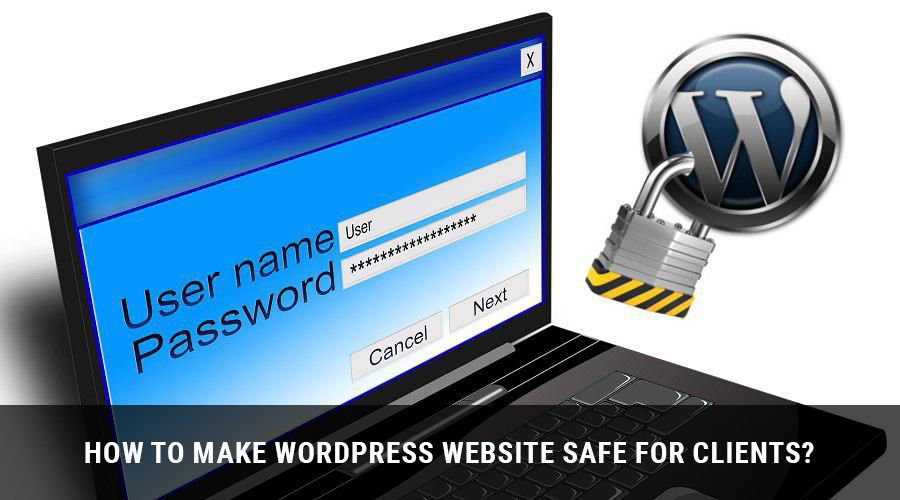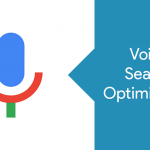
WordPress has been around for many years now. Initially, it was known for being a platform for bloggers. But over the years it has evolved into something spectacular – a powerful content management system.
It has helped many people to start their own web design business and that is because WordPress is relatively easy to set up websites on even if you don’t have in depth knowledge on coding or design.
If you have been designing and developing websites for clients and think that once you hand over the finished product to them, your job is done, you’re wrong.
Until clients have a clean and safe WordPress website, your job as a web designer is not done. To have your client give you repeat business, it is important to give them a great product, which is absolutely safe.
Here are a few ways how you can make WordPress websites safe for clients.
1. Controlling the User Levels
A WordPress website has various user levels or roles for different people using and controlling the website. Ideally, there should be only one admin but your client might have multiple people accessing the dashboard.
Just to keep things safe, you can control the various roles by restricting access and letting them do only what they need to. There are 6 such roles and come with different sets of priorities.
Super admin – This role gives access to all other features, network, and functions. It’s more like a master key.
Administrator – This role gives access to all the admin features of the website.
Editor – The editor gives control over the content publishing and moderation on a website.
Author – The author has control over the posts they write and publish them.
Contributor – The contributor can manage posts they write but not publish them.
Subscriber – The subscriber has little control whatsoever. They can only read and manage their own profile.
2. Easy Dashboard Management for Clients
If you clean out the dashboard of the WordPress website, the client will not only find it easy to manage, but you will also eliminate a good amount of clutter. It will also mean that the website is a lot safer without unnecessary function items and buttons.
The dashboard sidebar has several options. By doing away with most of them, you can clear out some of the clutter. You can easily do this by editing the functions.php file.
3. Visual Editor Plugin
The WordPress editor is pretty great. It makes for a smooth editing process for pages and posts. However, if your clients don’t seem to be the kind to work their way around it, you can install the Client-proof Visual Editor plugin, which makes editing easier without complicating the process.
There’s also TinyMCE Advanced plugin. This plugin allows you to edit the control of the main editor. It’s perfect for those clients who are easily confused with too many edit buttons.
You can even add or remove edit functionalities to the editor with this plugin. It can’t get easier than this for your clients. It is also safe to do this so clients won’t go around changing too many things on the WordPress website to allow any random and malicious code to sneak in.
4. Disabling Theme Editing
Clients might want to tweak things around the website themselves. In such cases, you can disable the edit function all together or even hide some of the edit buttons so they don’t find it.
If you have themes and plugins that aren’t in use, we suggest you remove or disable them completely so there’s no chance of any security issues later on.
5. Backend Custom Coding
For the best control over the backend, create your own theme for the dashboard. This will not only help with control over your work but also keep the website totally safe. You can create a much simpler way for your client to control the website without them learning to code.
6. Setting Up Security Controls
A good security plugin will ensure your clients keep their websites secure themselves. They will be prompted to use stronger passwords from time to time by the plugin which will help keep their website safer.
Another good way to keep their websites secure is to set up an automatic backup system. This will take the burden of the clients doing the backups manually, which, quite honestly, will create more room for safety misuse.
7. Giving Clients Instructions
Sometimes you have to go the old-fashioned way of spelling instructions out to people. In this case, you can do it for clients. It’s no wonder that WordPress is most preferred these days. It allows you to leave notes and comments at various places in the backend.
Clients can see these instructions and follow them when needed to make any changes to their WordPress websites. You can do this even by adding widgets to the dashboard where you can leave such instructions.
8. Tracking Clients’ Edits
When you have done everything you can and handed the WordPress website over to your client, it might be safe to assume that they may need your help long after the handover.
If you are in a situation where you need to do the aftermath of a website’s security breach, it’s best to know what went on after you were done with the site.
Thankfully, there are plugins like Stream, which allows you to track what edits and modifications have been made. You will be able to identify the issue easily and fix the problem.
Final Thoughts
You can’t possibly create a foolproof website for your clients in a way that there may never be any cyber hacks or other security issues. But with a few precautionary steps, you will be able to restore everything back to where it was originally.
Clients don’t necessarily have a lot of backend knowledge, especially, not WordPress backend. It’s your job to ensure all safety loops are closed to the best of your knowledge.


